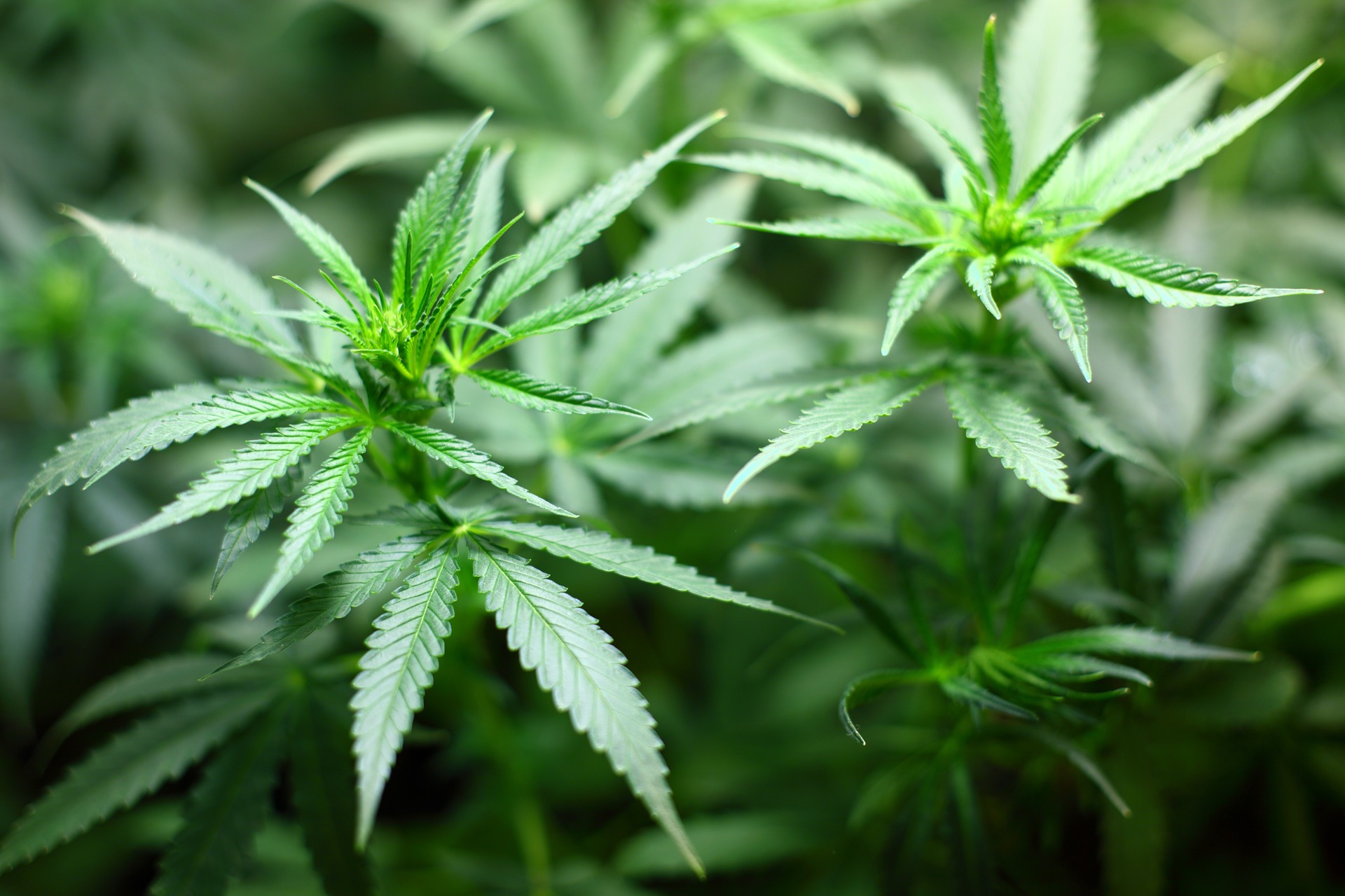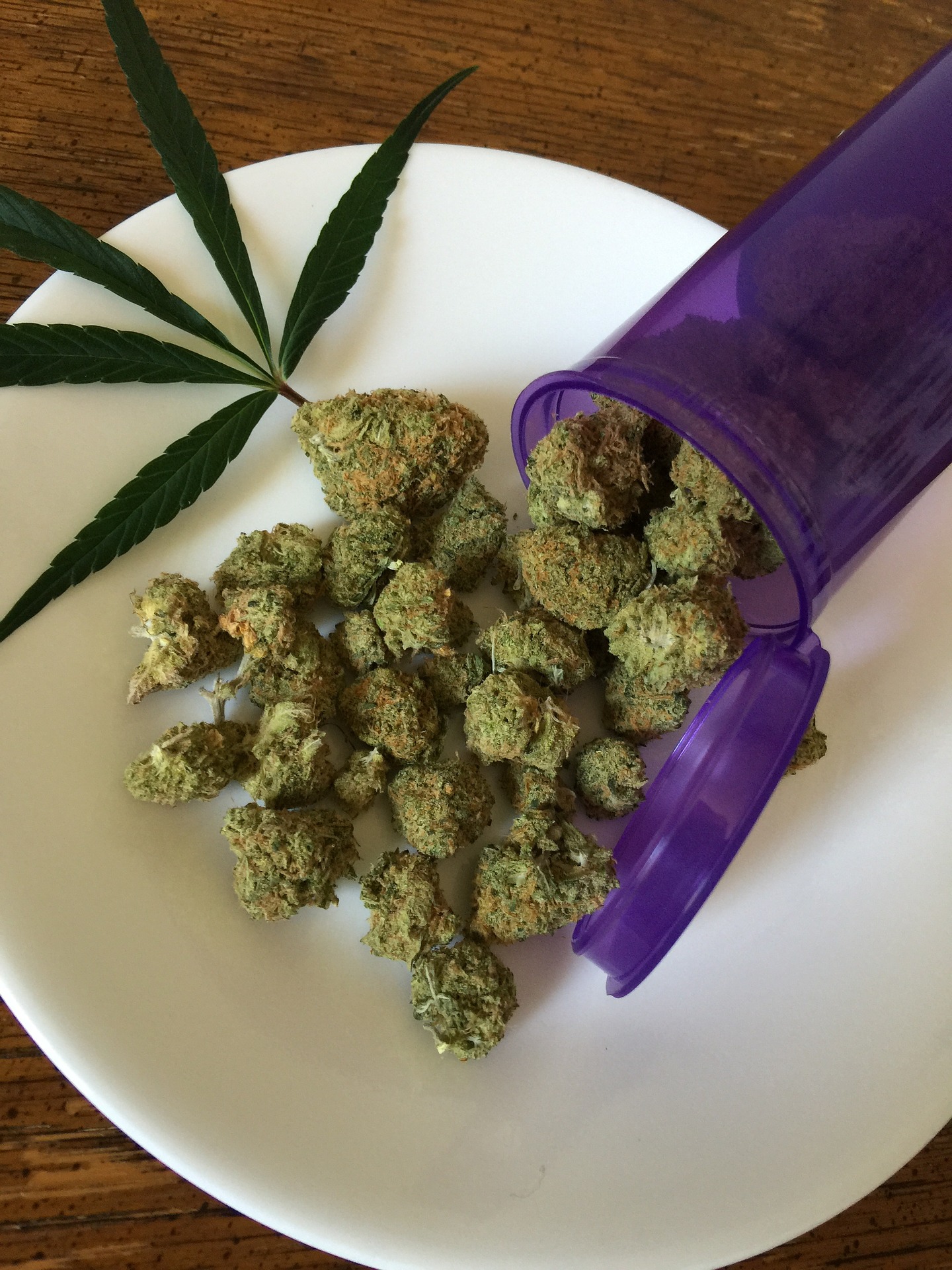California became the first state to legalize marijuana for medical purposes in 1996. Today, 24 states now have medical marijuana legislation. Nowadays, thanks to restrictions gradually diminishing and research stating that cannabis can help kill cancer cells, the stigma associated with cannabis has started to melt away.
If you’re reading this, you’re probably already aware that you need a CA cannabis card before you can legally enjoy this herb in California. There are many ailments that qualify for a California medical marijuana prescription, such as anxiety, chronic pain, depression and arthritis. In fact, it’s surprisingly easy to obtain a cannabis card. Simply sign up online, have a video chat with a medical board-licensed doctor, and get your recommendation and your medical marijuana on the same day!
Also worth noting is that you can renew your medical card online, too, which will be required each year if you continue to require the medication.
The most common way of taking medical marijuana is to smoke the dried buds or leaves. The smoker will feel the effects almost immediately. However, for children, this may not be suitable, so what other methods are out there, and which one is the best?
What Are Medical Marijuana Tinctures?
Medical marijuana tinctures lie at the opposite end of the spectrum to smoking. It is probably the least controversial way to consume cannabis. Tinctures are the most underrated of all the cannabis products because there are not as many fun and potentially punishable practices linked with this form of use. Arguably underused in comparison to raw flowers, dabs and edibles, tinctures were actually the main method of ingesting marijuana until it was banned in 1937.
Perhaps marijuana tinctures are a new term to you because an eyedropper full of medicine just doesn’t conjure up the same image that smoking and eating edibles do. There is no need for a crème brûlée blowtorch to take marijuana as a tincture, which is probably why they don’t carry any derogatory media tags. Also, you’re much less likely to overdose on a marijuana tincture than you are with a marijuana edible.
Tinctures have been known as the moonshine of marijuana because of how they are made. Furthermore, making most cannabis tinctures takes up much less space, and, in comparison to traditional moonshine, chances of an explosion that will destroy your whole home are nonexistent. Simply put: Making cannabis tinctures are much safer, and therefore less controversial, than making cannabis concentrates with butane, for instance.
How Do Tinctures Work?
How does taking cannabis tincture actually work? Drops of the solution are squeezed out through an eyedropper under your tongue. The primary advantage of this application method is that the medicine is absorbed into the body’s blood supply. The euphoric effects of a tincture will start to sink in slightly slower than they would if you were smoking but significantly quicker than they would from an edible of the same strain of cannabis. In short, you’ll experience the effects of two to three drops under your tongue within around 15 minutes.
Cannabis smoke is not in any way conclusively associated with any kind of cancer; however, sublingual ingestion of medical marijuana tinctures is preferable for anybody who might be worried about the perceived health risks of inhaling any kind of smoke into the lungs. Tinctures may also be ideal for anyone who may be too sick, too young or too old to properly smoke or vaporize marijuana.
Most patients choose to take cannabis by a rolled joint, pipe or vaporizer because these dosage methods are convenient, fast acting and deliver instant relief. It is also inexpensive and fairly easy to regulate the dosage. However, short-term side effects include respiratory tract irritation, so it is not the best option for anyone with pulmonary damage, lung cancer, emphysema or asthma.
Current research shows that the long-term side effects of smoking cannabis are insignificant; however, regular and heavy smoking of marijuana may cause the production of phlegm, chronic coughing and bronchitis. Additionally, cannabis smoke is known to contain substances that may result in cancer called carcinogens. However, when researched at a molecular and cellular level, the cannabinoids in cannabis are shown to decrease the effect of the smoke’s carcinogens, and no confirmed incidents of lung cancer or other lung diseases have been discovered in marijuana smokers.
In conclusion, there are advantages and disadvantages to both taking medical marijuana tinctures and smoking MMJ. Which method is best is dependent on the individual. The best way to decide which application suits you most is to probably to try both. Just remember to obtain a medical marijuana card online first!


